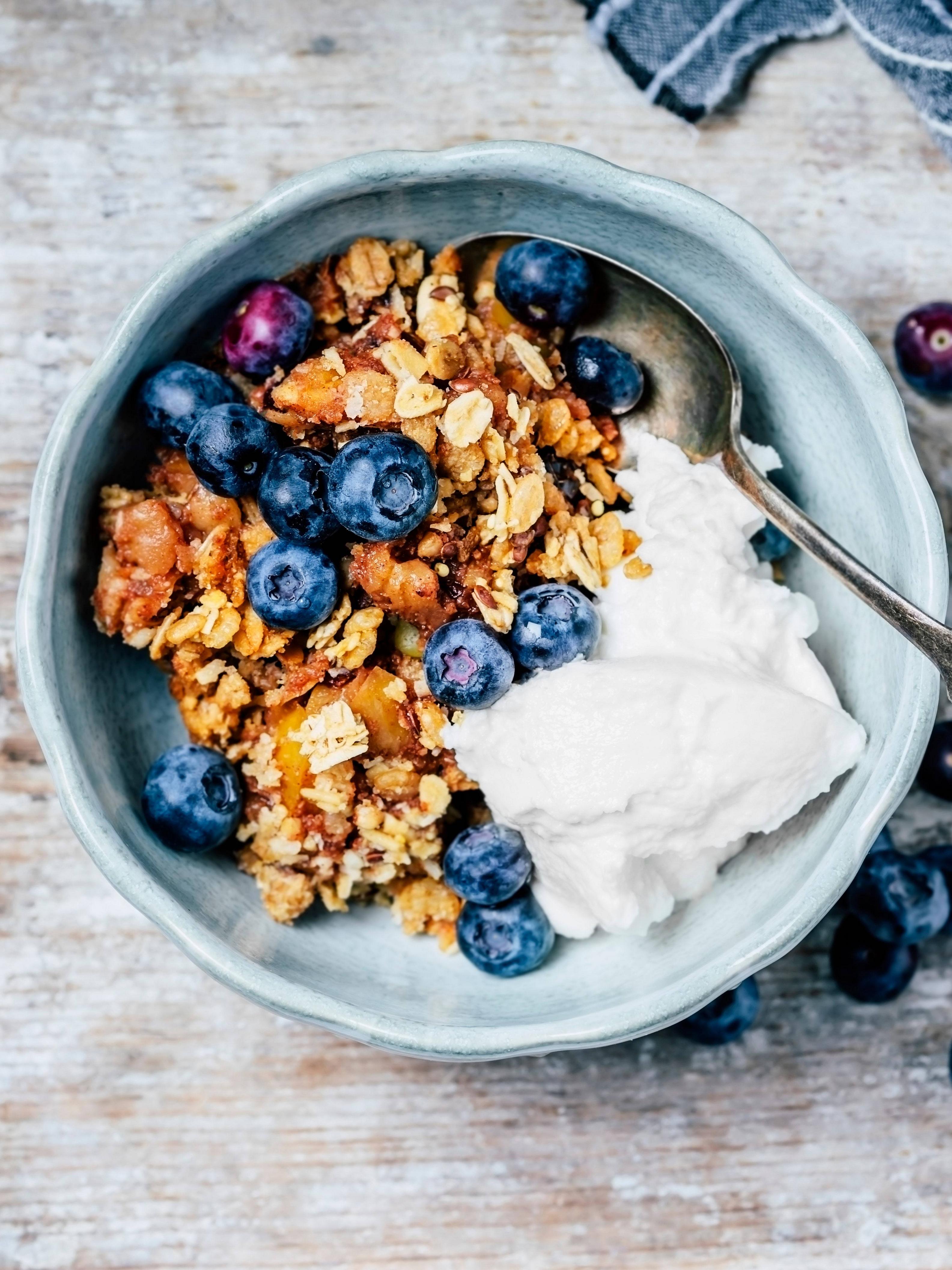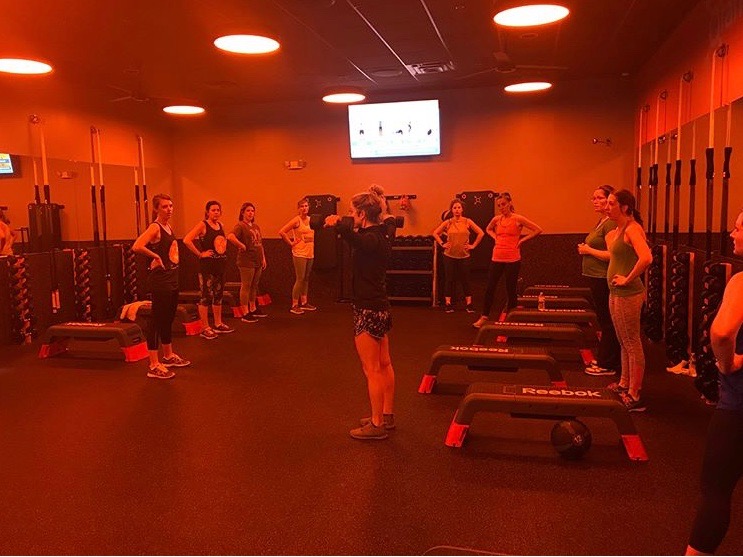
You should begin strength training with the most basic compound movements, such as deadlifts and squats. You can add weight but focus on form. This is why it's so important to learn how to do bodyweight moves properly before adding weight. You can do the press-up in a short time and with minimal space. This exercise gives you a huge bang for the buck.
For strength, compound lifts are the best. These exercises require good form. There are hundreds more exercises that can be used to build strength or increase muscle mass. These are just the basics. If you don't have access to weights, you can also use your own body weight and a dumbbell. This will balance your strength and let you focus on your weaker areas. The ultimate goal is to increase your fitness and strength.

A bodyweight dip is a great way to start if you don't know what to do. This will give you the strength to lift heavier, lower-body weights. You could also do a bench press with a barbell. You can also build your back strength with a basic barbell benchpress. If you're not sure which exercises are right for you, check out StrongWomenUK's Instagram page.
Once you've completed the sit-ups & push-ups basics, you can move to more challenging exercises like standing overhead presses & barbell box stepups. You can build lean muscle by cycling. But, it is best to warm up and cool off before cycling. For strength, a simple morning run can do wonders. There are many other methods to increase flexibility. And with these tips, you can start your strength training program in no time at all.
The best workouts for strength for women are very similar to those for men. There are 8-10 options depending on what your goals are. It is best for beginners to focus on one muscle group at a time. However, larger muscles can handle more than one exercise, so it's up to you to find out which ones work best for you. Ask your trainer to help you choose the right exercises.

Starting strength training can be challenging at first. If you've never done it before, you may not want to commit to a new routine. Although this can seem daunting, it is possible to learn the skills necessary to properly train and work out. You need to know what you're doing, and how to do so safely. JC's Total Body Transformation can help you reach all your goals in just a few weeks.
FAQ
How much should I weigh for my height and age? BMI calculator and chart
A body mass index calculator (BMI) is the best way to find out how much weight you should lose. A healthy BMI range is between 18.5 and 24.9. To lose weight, you should aim for a loss of 10 pounds per year. Enter your height and weight to calculate your BMI.
This BMI chart will help you determine if your body is overweight or obese.
What should I eat?
Get lots of fruits & vegetables. They are rich in vitamins that can strengthen your immune system. Fruits and veggies are also high in fiber, which makes them filling and helps with digestion. Aim to eat five to six servings of fruit each day.
Water is essential for your body. Water flushes toxins from the body and gives you a full feeling between meals. Drink about eight glasses each day.
Whole grains are better than refined ones. Whole grains have all their nutrients intact, including B vitamins, iron, zinc, magnesium, calcium, and protein. Refined grains lack some nutrition.
Sugary drinks should be avoided. Sugary drinks are full of empty calories and lead to obesity. Instead, you can opt for water or milk, as well as unsweetened herbal teas.
Avoid fast food. Fast food has very little nutritional value. While it might taste good, it won't give your body the energy it needs to function properly. Instead, stick to healthier options such salads and soups as well sandwiches and pasta.
Try to limit alcohol intake. Alcohol is a poor nutrient and has empty calories. Limit the number of alcoholic beverages you consume per week to no more that two.
Reduce your consumption of red meat. Red meats are high in saturated fat and cholesterol. You should choose lean cuts like beef, pork lamb, chicken and fish instead.
What is the most healthful lifestyle?
Living a healthy lifestyle is one that encourages you to eat well, exercise regularly, get enough sleep, and avoids stress. If you follow these guidelines, you will be able to lead a long and healthy life.
You can start by making small changes in your diet and exercise routine. Try walking for 30 minutes each day to lose weight. If you're looking for a way to increase your activity, consider taking up swimming or dancing. An online fitness program such as Strava or Fitbit that tracks your activity could be a good option.
Statistics
- WHO recommends consuming less than 5% of total energy intake for additional health benefits. (who.int)
- According to the 2020 Dietary Guidelines for Americans, a balanced diet high in fruits and vegetables, lean protein, low-fat dairy and whole grains is needed for optimal energy. (mayoclinichealthsystem.org)
- This article received 11 testimonials and 86% of readers who voted found it helpful, earning it our reader-approved status. (wikihow.com)
- According to the Physical Activity Guidelines for Americans, we should strive for at least 150 minutes of moderate intensity activity each week (54Trusted Source Smoking, harmful use of drugs, and alcohol abuse can all seriously negatively affect your health. (healthline.com)
External Links
How To
What does the meaning of "vitamin?"
Vitamins are organic compounds that can be found in foods. Vitamins are essential for our bodies to absorb nutrients from the foods we eat. Vitamins cannot come from the body so food must provide them.
There are two types: water-soluble and fat-soluble vitamins. Water-soluble vitamins dissolve easily when they are dissolved in water. Vitamin C,B1(thiamine), B2 (2riboflavin), and B3 (3niacin), as well as vitamin C,B1, B2 (riboflavin), and B3 (niacin), vitamin B6 (pyridoxine), vitamin folic acid (biotin), pantothenic, and choline are examples. Fat-soluble vitamins are stored in the liver, fatty tissue and kidneys. Examples include vitamin D, E, K, A, and beta carotene.
Vitamins are classified according to their biological activity. There are eight main groups of vitamins.
-
A – Essential for normal growth, and the maintenance of good health.
-
C - essential for nerve function and energy generation.
-
D - necessary for healthy bones and teeth.
-
E - needed for good vision and reproduction.
-
K – Required for healthy nerves & muscles.
-
P - essential for strong bones, teeth and tendons
-
Q - aids digestion and absorption of iron.
-
R - necessary for making red blood cells.
The recommended daily intake (RDA), of vitamins varies with age, gender and physical condition. The U.S. Food and Drug Administration, (FDA), sets the RDA value.
For example, the RDA for vitamin A is 400 micrograms per dayfor adults 19 years or older. Pregnant mothers need 600 micrograms per days because it is vital for the development and growth of their baby. Children ages 1-8 require 900 micrograms per day. Babies under one-year old require 700 mg per day. Between 9 and 12 years of age, however, this drops to 500 mg per day.
Children between the ages of 1-18 need 800 micrograms per daily for obesity, while children overweight require 1000 micrograms. Children underweight or obese will need 1200 mg per day.
2200 mg of vitamin A per day is required for children aged 4-8 who have been diagnosed by anemia.
2000 micrograms per person is necessary for general health. Women who are pregnant or breastfeeding need 3000 micrograms per day due to increased nutrient requirements.
Adults over 70 require 1500 micrograms each day, since they lose around 10% of their muscle mass every decade.
Women who have been pregnant or are lactating require more than the RDA. Pregnant women require 4000 micrograms daily during pregnancy, and 2500 micrograms every day after birth. Breastfeeding moms need 5000 micrograms each day when breastmilk production occurs.